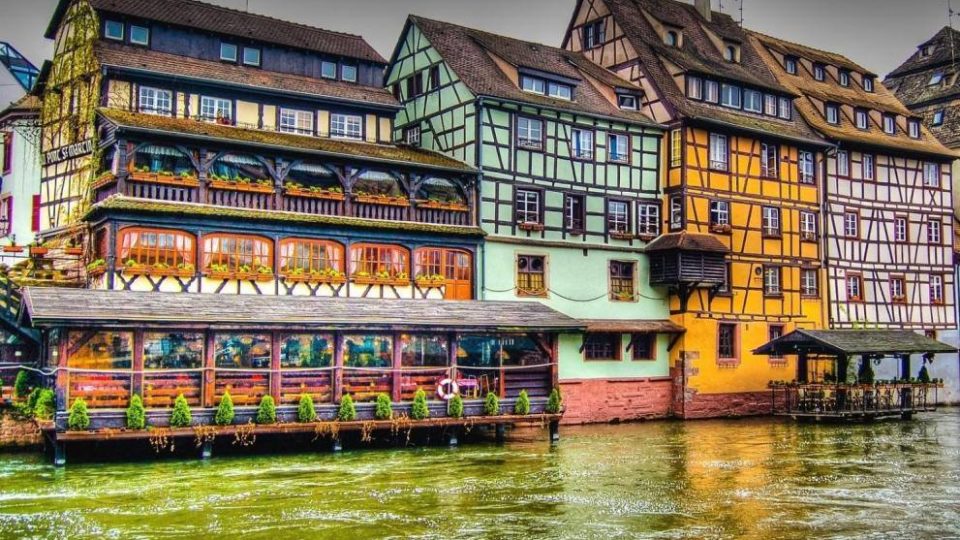Is Strasbourg in France?
Let’s get something out of the way first. Strasbourg is located at the eastern border of France with Germany. For the observant, it is a rather careless misnomer to adjudge Strasbourg as a French city. After all, a good number of cities with ‘bourg’ are German. Then the case for the French Strasbourg must be a curious one. It gives the same thud of mystery on non-European followers of the French Ligue 1- the elite football tier in France- who see the Strasbourg football outfit play every week. It makes them ask, was the club originally German but adopted by the French at some point?
Perhaps you have met a French national with an obvious French first name and a German last name. Chances are, their grandparents or parents are from Strasbourg. The city’s German influence is undeniable as soon as you enter. And its history narrates how the connection came to me in different epochs.
>>Also Read: Strasbourg Travel Guide
Strasbourg’s Name
Prior to the 5th-century, Strasbourg name was Argantorati, which is a Celtic Gaulish name. After the century, the city was known by another name but Gallicized as Strasbourg. Strasbourg has a Germanic source and means “towns of roads”.
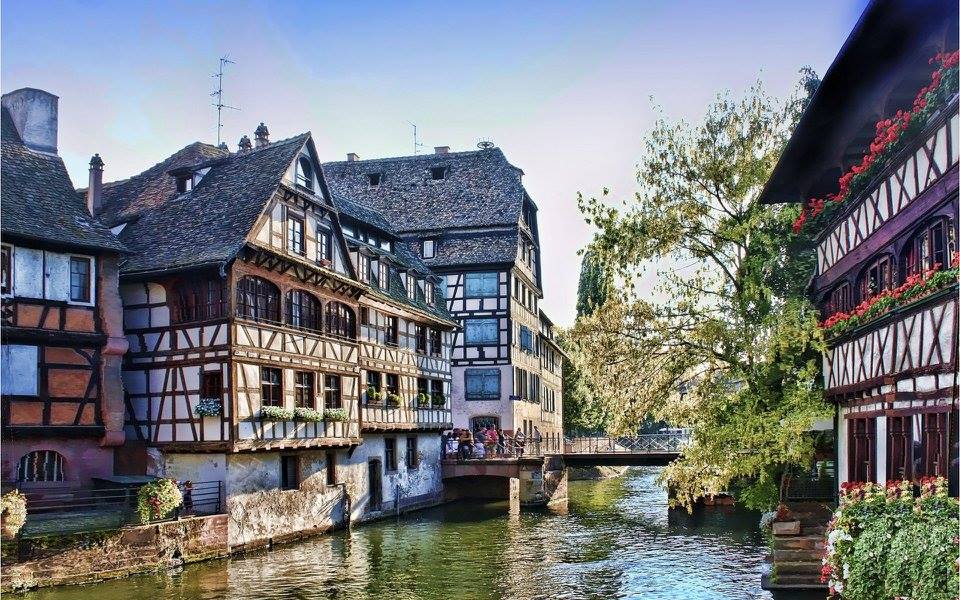
Location
The city is located on the eastern border of France with Germany. The Rhine River forms the border as well as the eastern border of Strasbourg lining across Kehl- a German town. In the river Ill, the historic center of the city lies on the Grande Ile, which flows about 4 km from the Rhine River. The two rivers meet at some distance downstream of the city, but many artificial waterways now link them in Strasbourg.
With the highland regions of the Black Forest, 16 mi to the east, and the Vosges Mountains some 12 mi to the west, Strasbourg is situated in the Upper Rhine Plain; between 433ft. and 495ft. above sea level. This part of the Rhine valley is the main axis of north-south travel, with river traffic on the main Rhine, and main railways and roads facing it on the banks.
Strasbourg is some 397 km east of the French capital. About 450km to the north is the mouth of the Rhine River as it courses, while the main navigation in Basel (Switzerland) is about 100km to the south by the river.
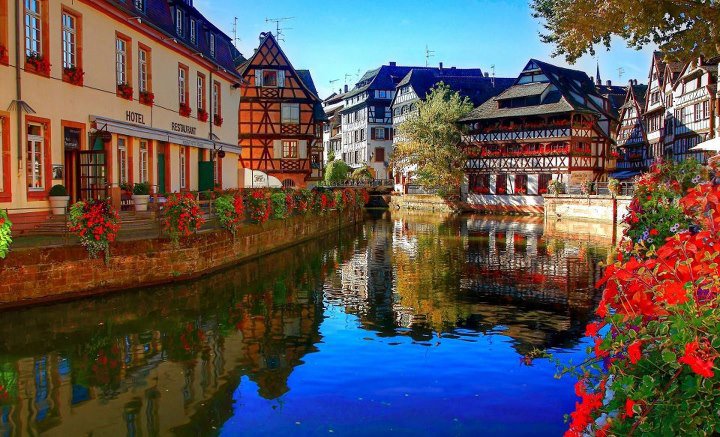
History
The city was governed by the bishops of Strasbourg between 362 and 1262. It is recorded that residents rebelled against the rule of the bishops in 1262 in what is called the Battle of Hausbergen, and the city subsequently became a free imperial place.
The armies of Louis XIV conquered the Alsace region in 1681 and has been a French city since then. But after the Franco-Prussian War in 1871, Strasbourg fell to the Germans again until the end of the First World War in 1918 when it became French.
The city would not be under German rule again till the next continental war. After France was defeated in 1940 during the Second World War, the Germans took control of the city, but somehow, Strasbourg has been French since 1944.
Along with its turbulant history of control especially in the 20th-century, the city had earlier played a significant role in the Protestant Reformation with characters like John Calvin, Wolfgang Capito, Matthew, and Katharina Zell, Wolfgang Capito, and also in other parts of Christianity like German mysticism, with Pietism, Johannes Tauler, Reverence for Life, with Albert Schweitzer.
The city’s representatives participated in the first centers of the printing sector with people like Johannes Gutenberg, Heinrich Eggestein, and Johannes Mentelin. Part of the grimmest periods in Strasbourg’s history was the Strasbourg massacre of 1349, the Nazi occupation of 1940-1944, and the British and American bombings.
Other significant events were the Battle of Argentoratum of 357, Oaths of Strasbourg of 842, the founding of the university in 1538, Johan Carolus’ newspaper of 1605 (world’s first newspaper), and La Marseillaise of 1792. Since 1949, the city has been the seat of some European Institutions.
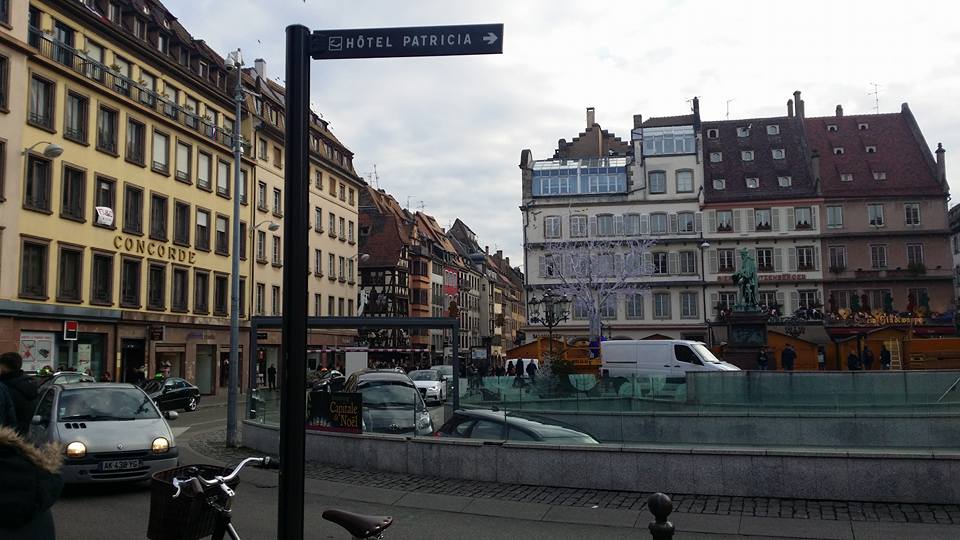
Museums
As a nod to its strong love for the arts, the city boasts of about eleven municipal museums, eleven university museums, and not less than two privately managed museums (Musee du Barreau de Strasbourg and Musee Vodou). In addition, five communes in the metropolitan region have museums with three assigned to the history of the military.
Here Are a Few Things to Do and See in Strasbourg
Botanical Gardens
The city Botanical Gardens are a blend of science and beauty, spurring visitors to get a little more acquainted with plant species in an interactive way. The gardens are situated in Strasbourg’s Imperial area, and they have close to 6,000 various plants.
Along with the outdoor gardens, visitors will see, there are great trees there, which will not be simple to find anywhere else in the country. Watch out for the great sequoia. It is located at Botanical Gardens, 8 Rue Goethe, Strasbourg.
>>Is Strasbourg Worth Visiting?
European Parliament
The city is the official seat of the EU Parliament. Stepping into this impressive building of massive importance, not only to the country but to the continent, is a riveting experience. Every year, there are 12 sessions, each of which is organized for four days. It is common to be in the city during one of these important gatherings.
Visiting the Parliament both during the sessions is possible and in the times of the year when there are no seatings. Whether group or individual visits are often possible though it is not open on public holidays and weekends. The European Parliament is located at Alle du Printemps, Strasbourg.
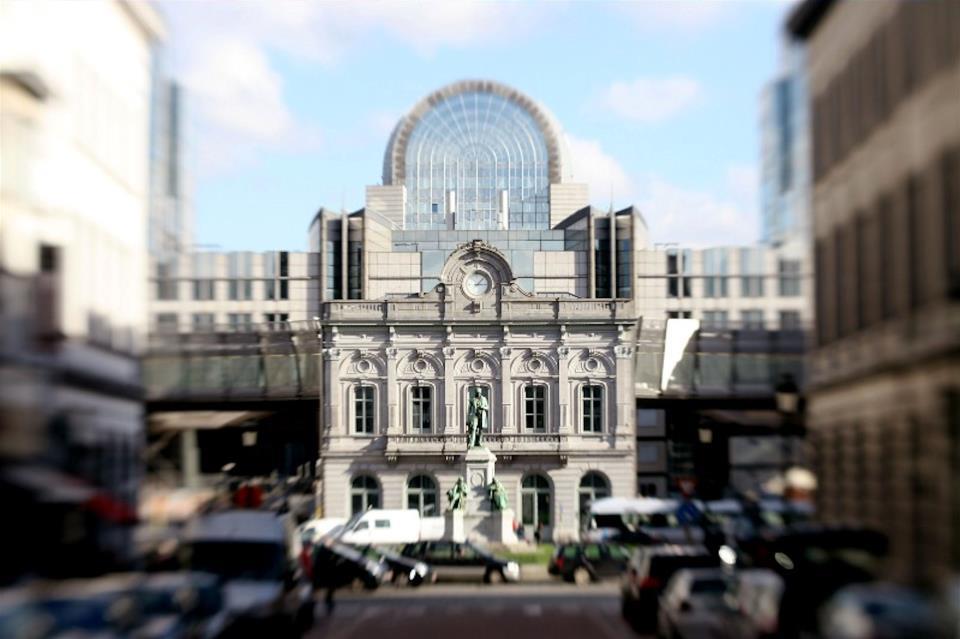
The Gastronomy
Strasbourg has a rich mixed culture comprising French and German, and it is reflected in its cuisine. Indulge the choucroute garnie that is the most popular dish made of sauerkraut with potato and sausages. Another local specialty is the icoq au Riesling. This is mainly German culinary ingredients since it is prepared with a German noodle called spaetzle. Travelers can savor a delicious kugelhopf, a cake with raisins, almonds, and yeast for dessert.
A day Trip Around the City
The city is a brilliant base from where visitors can explore the parts of northern France, Germany, and parts of Switzerland. They can even hire a vehicle to visit the Schwarzwald; which is the German Black Forest and enjoy the rich natural area. For those who would rather go on organized day trips, they can expect to visit the south of the city. The wine-producing area of Strasbourg is the south, where there are lush vineyards. Visitors can also visit Colmar, where Frederic Bartholdi, the man that designed the Statue of Liberty, lived.
>>Must-See Cathedrals in Paris and France
See the Bridges
The city has more than 20 bridges, and some of them are really fascinating. Those close to La Petite France are picturesque and chic, while other parts of Strasbourg have larger bridges. The Barrage Vauban from the 1600s offers great views of some of the city’s bridges from the Middle Ages. The Passerelle is for those who prefer modern architecture. It is made up of chic steel curves.
Is Strasbourg in France? – Summary
The city’s historical sights are something to marvel at, and its modern additions make up a lively, contemporary culture. Visitors will find the vibe here particularly welcoming and relaxing. Although Strasbourg is in France, the city has a charm from both France and Germany; this is why you should visit the amazing city that always impresses.
